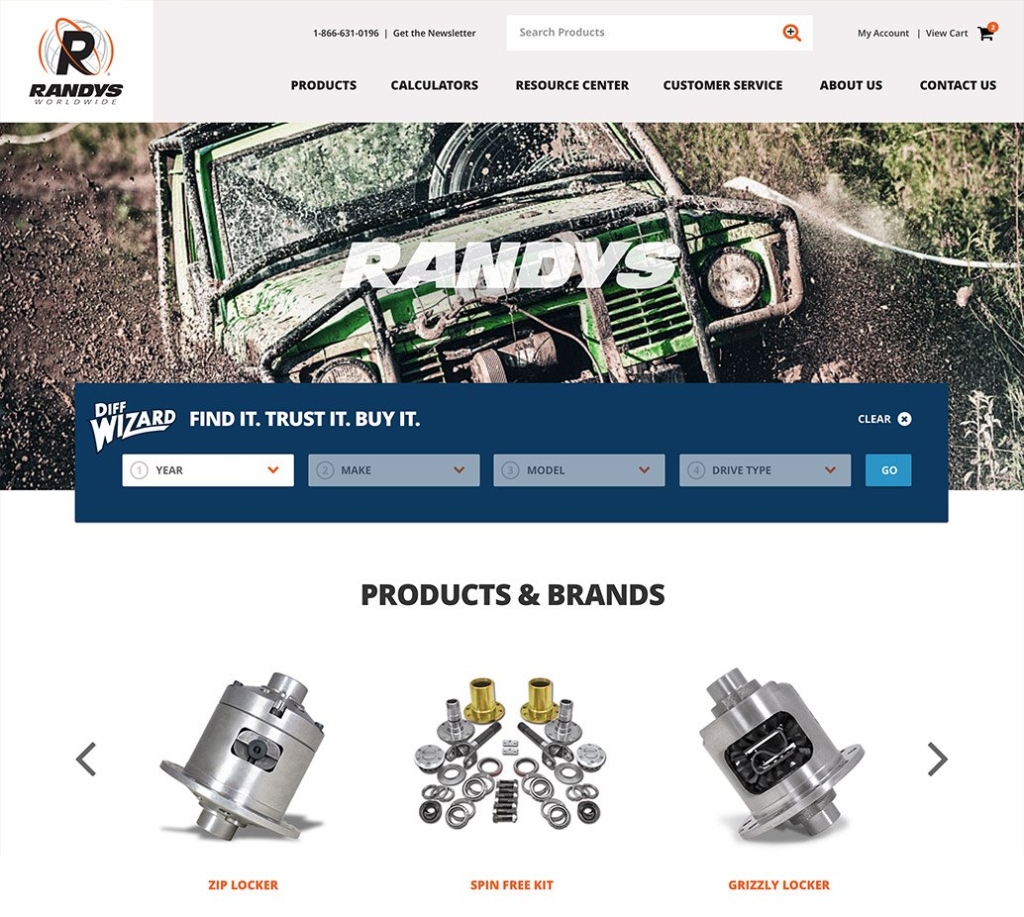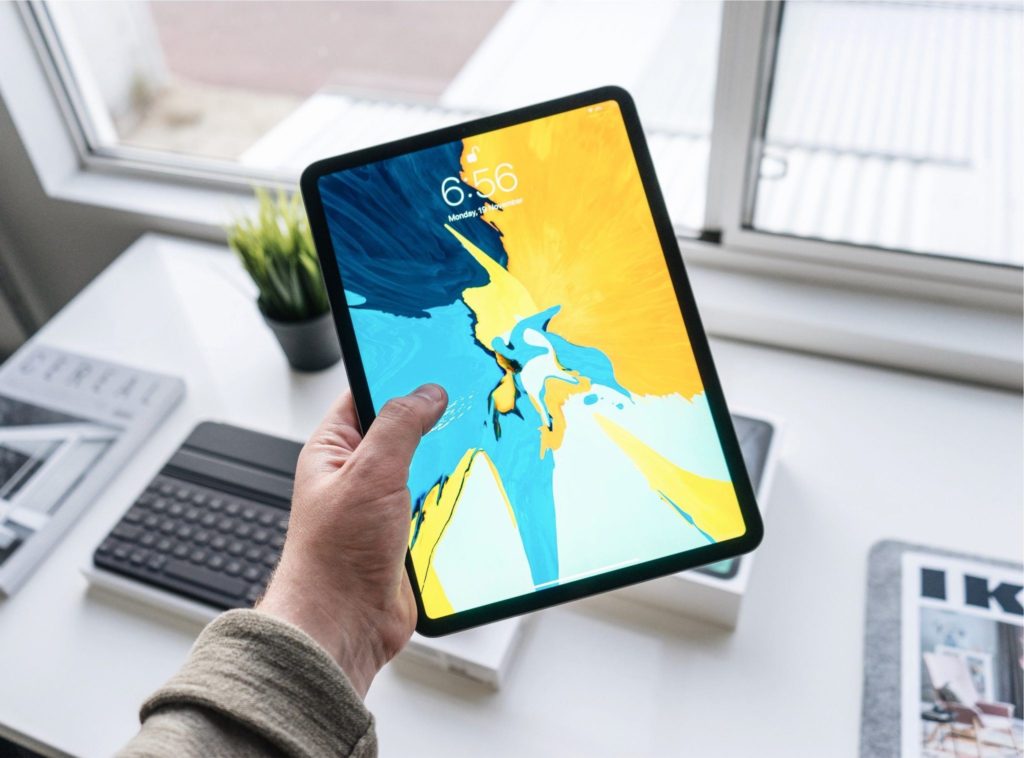Article
UI/UX Principle #24: Powerful Imagery Drives User Experience

Visual imagery plays a large role in determining the perceived quality and memorability of a website’s user experience.
When users come to your page, they’ll have some kind of reaction. Whether it’s positive or negative, in large part, is determined by what they see.
There is technique in choosing, building, and designing visuals. It’s vital to think through what they are and why you are using them. Talking Rain’s company website includes images that inspire customer loyalty and reinforce brand credibility. H&M’s eCommerce site shows hi-fi lifestyle pictures that fit, usually related to what users are being asked to buy. Fast Company’s business news website displays emotionally powerful images that accompany headlines, copy, and CTAs.
It’s helpful to use a gauge to determine whether your images are powerful and persuasive. Ethos, logos, and pathos are three classic rhetorical appeals that can help you analyze the images you choose and create.
Ethos: Foster Trust and Credibility with High-Quality Imagery
Ethos is used to build trust and credibility. High-level messaging affects how users perceive your brand. Images must be high quality because they are a part of that key messaging framework. They need to shed positive light on your brand and your experience.
Do stock images look like stock images? Are you using cartoony clip art? Are you settling for mediocre graphics? Do your illustrations, diagrams, and infographics look clean and crisp? It’s important to know that the images you use can undermine your brand credibility and company trust rather than reinforce them.
In Vivid Imagery in Modern Web Design, Steven Snell writes, “Branding is a priority for most websites, and images are capable of helping to establish the brand of the company by creating a particular vision of the company/website in the minds of visitors. Many images that are used for the purpose of branding will lead the visitor to quickly see the company in a particular light.”
Branding isn’t just a name and a logo. It’s the collection of imagery connected to your name, messaging, typography, and patterns. As such, your imagery plays a part in building trust and brand credibility. It’s vital to make sure that a user’s first impression is positive. Include high-quality images to make sure this happens.
Logos: Drive Conversion with Relevant Imagery that Fits Your Message
Logos relate to logic. As designers, it’s important to choose pictures that fit the theme, purpose, or campaign of the experiences we create.
While it might seem like common sense, images that are relevant to the goal of your message can drive conversion. That doesn’t mean that the image needs to say everything–this is a common mistake. Rather, your images just need to visually reinforce the message in a relevant way. The image seen alone might not even seem to logically fit, but it should logically fit when it’s connected to everything else on the page. An image that fits brings more to the message than the message itself. These elements, when added together, make the experience stronger.
If you have an eCommerce website, it goes without saying that you need hi-fi product shots that fit with the technical description in order to provide clarity that will influence a customer’s purchasing decision. But your most important pictures could be the lifestyle or background shots that draw out an emotional response in conjunction with your brand and your products.
In The Web Designers’ Guide to Photo Selection, Marko Prljic writes “An effective photo is the one [that] communicates the intended message clearly [ . . . ] Whenever we see a photo which triggers a change in our behaviour we can describe it as being effective.”
Your conversion metric might be clicks, purchases, or signups. But are the images a logical extension of your brand? Do they fit and are they relevant to the message? The images you choose are an important tool that can lead your users down the path to conversion.
Pathos: Influence Decisions with Persuasive, Meaningful Imagery
Are your images emotionally persuasive? That’s what pathos is all about. Your images should have an emotional impact, create inspiration, and reinforce the feelings you are trying to create. After all, emotion often overrides logic when it comes to making important decisions.
Why should people read the words on the page? Why should users click important CTAs? Your website might have an effective flat navigation hierarchy, but why should users use it to find what they are looking for? Images should be relevant to your message. They can also make a point and advance the story you are trying to tell. Sometimes a single emotional image is the basis for an entire advertising campaign.
Steven Snell writes, “A vivid, striking image will last in the minds of visitors. Text may be read and forgotten, but a strong image will be remembered.”
Emotionally powerful imagery is a factor in ensuring that users continue to delve into your experience. When imagery becomes meaningful, it’s the root of action and engagement.
Ethos (credibility) and logos (logic) play important roles in choosing imagery. Pathos is where you go farther and tie into strategy. In website UX design, all the combined ingredients of the experience should drive emotion and action. Emotionally powerful imagery is a central part of this equation.
Invest Time and Focus on Powerful Imagery
High-quality images are worth the investment, period. The split second when a user has a gut reaction to your website should be capitalized on. It just might be the turning point when users decide to bounce or continue exploring. Imagery plays a role in making sure that split second turns into a prolonged experience, right then and thereafter.
Use ethos, logos, pathos as a quick test to assess whether your imagery is on point. Basically, an image should reinforce trust (ethos), be consistent with your message (logos), and convince someone to dive deeper (pathos). Imagery, like other aspects of UX, can be tested for usability. By pairing creative intuition with a little science, you can find images that help make your experience great.









